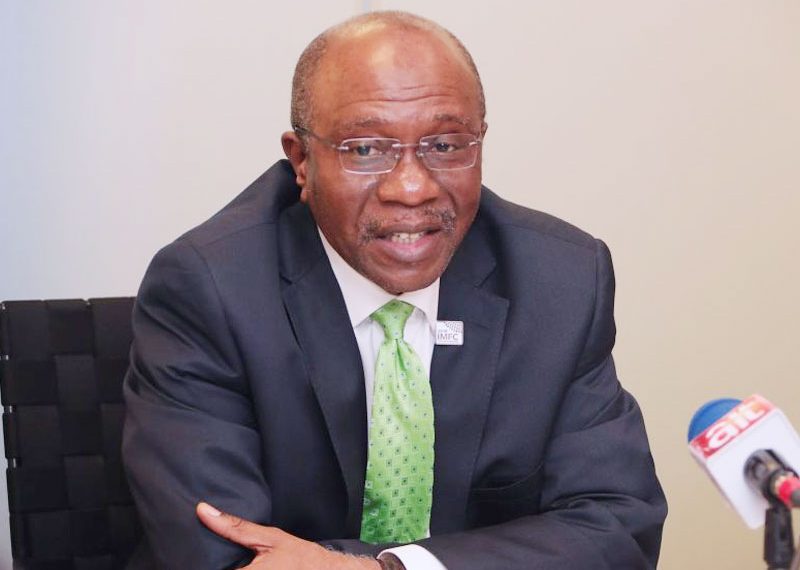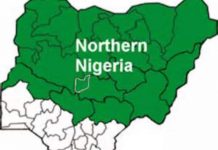With a British court on Friday ruling that Nigeria should pay $9 billion (N3.24 trillion) to Process and Industrial Developments Ltd. (P&ID) for failing to honour a contract, Nigeria’s debt profile has spiraled to N28.187 trillion.
Although, the government has expressed its desire to appeal the ruling, unless it is overturned, P&ID will seize some of the nation’s assets to offset the debt.
But according to experts, the nation’s mounting debts, will only hasten the collapse of infrastructure, health and education.
The nation’s debt profile has been on the rise in recent times. The Debt Management Office (DMO) announced in July that the nation’s total debt stock stood at N24.947 trillion as of March 31, 2019, which was a N560 billion increase over the N24.34 trillion figure of December 31, 2018.
The DMO had explained that the debt stock comprised domestic and external debts of the Federal Government, the 36 states and the Federal Capital Territory.
Explaining the N560 billion increase, the agency said it was due to a hike in domestic debt by N458.36 billion and external debt by N101.64 billion.
The nation’s debt profile, which currently stands at N28.187 trillion, was as low as $3.51 billion (N527 billion) in 2006 after the debt cancellation championed by the administration of Chief Olusegun Obasanjo, which saw the nation’s debt cascade from $40 billion.
However, the debt stock, which has been on the upward trend since 2008, hit N7,554,258,000,000 by December 31, 2012. It rose to N7,532,283,520,000 by the end of March 2013 and N7,928,554,310,000 by June 30, 2013. By the end of September 2013, it rose to N8,320,054,280,000, got to N10,044,198,820,000 by December 31, 2013 and hit N10,162,342,830,000 by March 31, 2014.
The debt profile climbed up to N22,707,203,790,000 by the end of March 2018, hit N22,379,666,270,000 by June 30, 2018, became N22,428,802,940,000 by the end of September 2018 and plateaued at N24,387,071,740,000 by December 31, 2018.
Although the Federal Government has scaled down its domestic borrowings to guard against crowding out the private sector from accessing funds from banks, it has escalated its external borrowings. Nigeria has increased its indebtedness to the Peoples Republic of China since 2015 as it currently owes China about $8 billion.
However, the DMO is of the view that the nation’s debt profile is still within manageable limits. It said, “The total public debt to Gross Domestic Product (GDP) ratio was 19.03 per cent, which is within the 25 per cent debt limit imposed by the government.”







